Ask a homeowner what they wish they’d known before buying a house, and they’ll likely answer, “I didn't expect this much work.” Eighty-two percent of buyers surveyed by Clever Real Estate in 2024 had at least one regret about their recent home purchase, and too much maintenance topped the list. “[A low-maintenance house] endures seasons and wear without constant intervention,” says Jacob Naig, a real estate agent and property manager in Des Moines, Iowa.
Durable finishes, smart systems, and thoughtful layouts contribute to a home that lives easier and ages better. Whether you're buying or renovating, prioritize efficiency, durability, and ease of upkeep for every material and feature. If it seems overwhelming, start with one room and ask, “How can I make this space more resilient?”
Here are eight actionable ways to create a low-maintenance house — and get your weekends back.
Low Maintenance #1: Start With Surfaces That Last
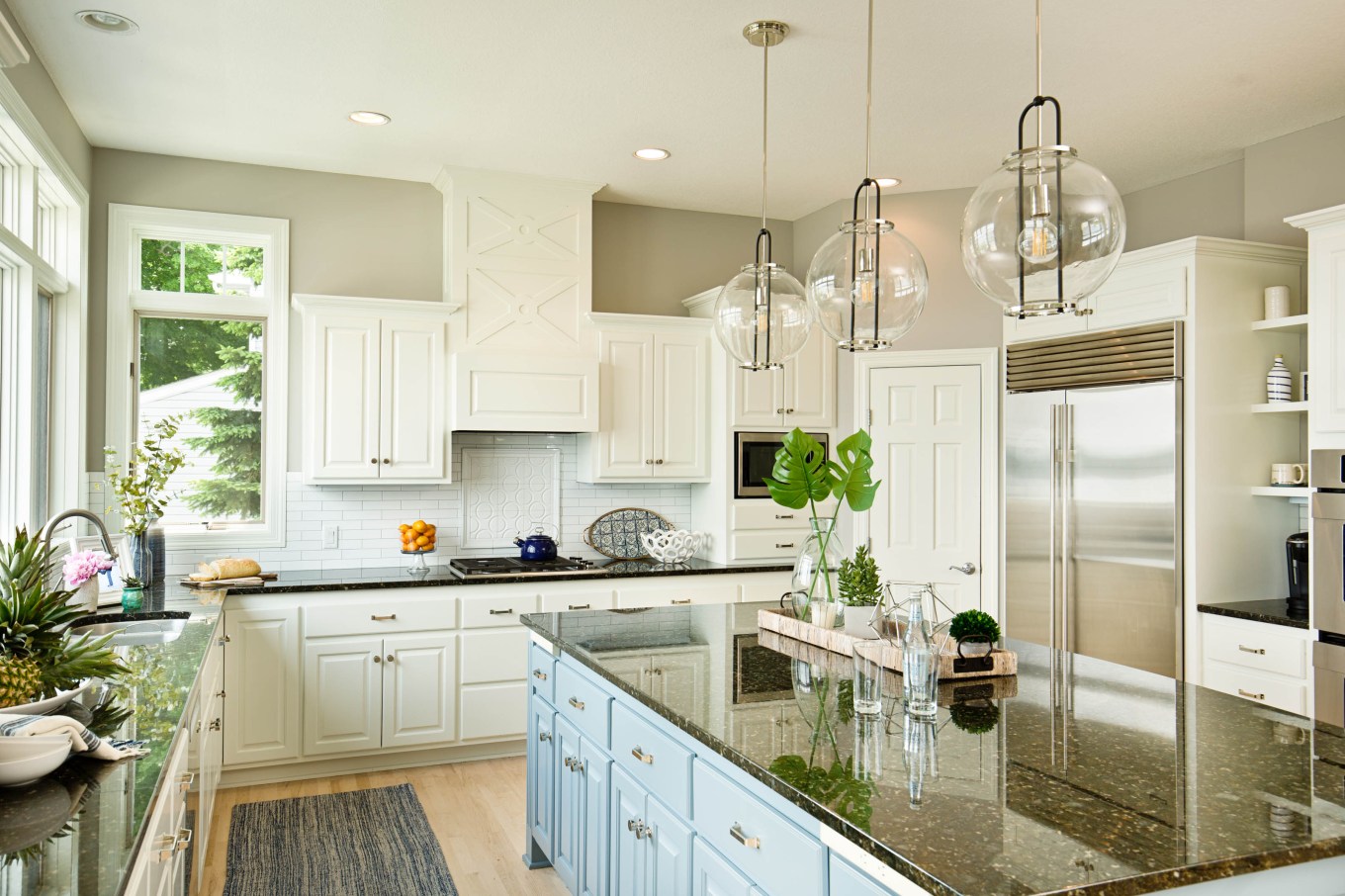
Certain finishes look stunning on day one but demand too much over time. “Natural stone countertops, open shelving, high-gloss cabinetry might be showstoppers in a listing, but they’re maintenance traps in disguise,” says Brian Curran, a structural engineer and founder of Drafting Services LLC in New York City.
Here are low-maintenance surfaces to substitute for higher-maintenance ones:
- Instead of marble, use quartz or porcelain instead of marble: Quartz doesn’t require sealing and resists stains. Porcelain offers a similar look and is more scratch-resistant.
- Instead of carpet or hardwood floors, use engineered wood, luxury vinyl plank, or porcelain tile: They resist scratching, moisture, and wear. LVP offers the look of wood with less worry.
- Instead of glossy black fixtures, use brushed nickel or matte finishes: These options resist fingerprints and clean up easily.
- Instead of open shelving, use flat-panel or Shaker cabinetry: Cabinet doors keep dust and grease off dishes while preserving a tidy look.
If you’re remodeling, opt for low-sheen paints like eggshell or satin in high-traffic areas. They hide scuffs better other choices.
Low Maintenance #2: Choose Big Tiles and Less Grout
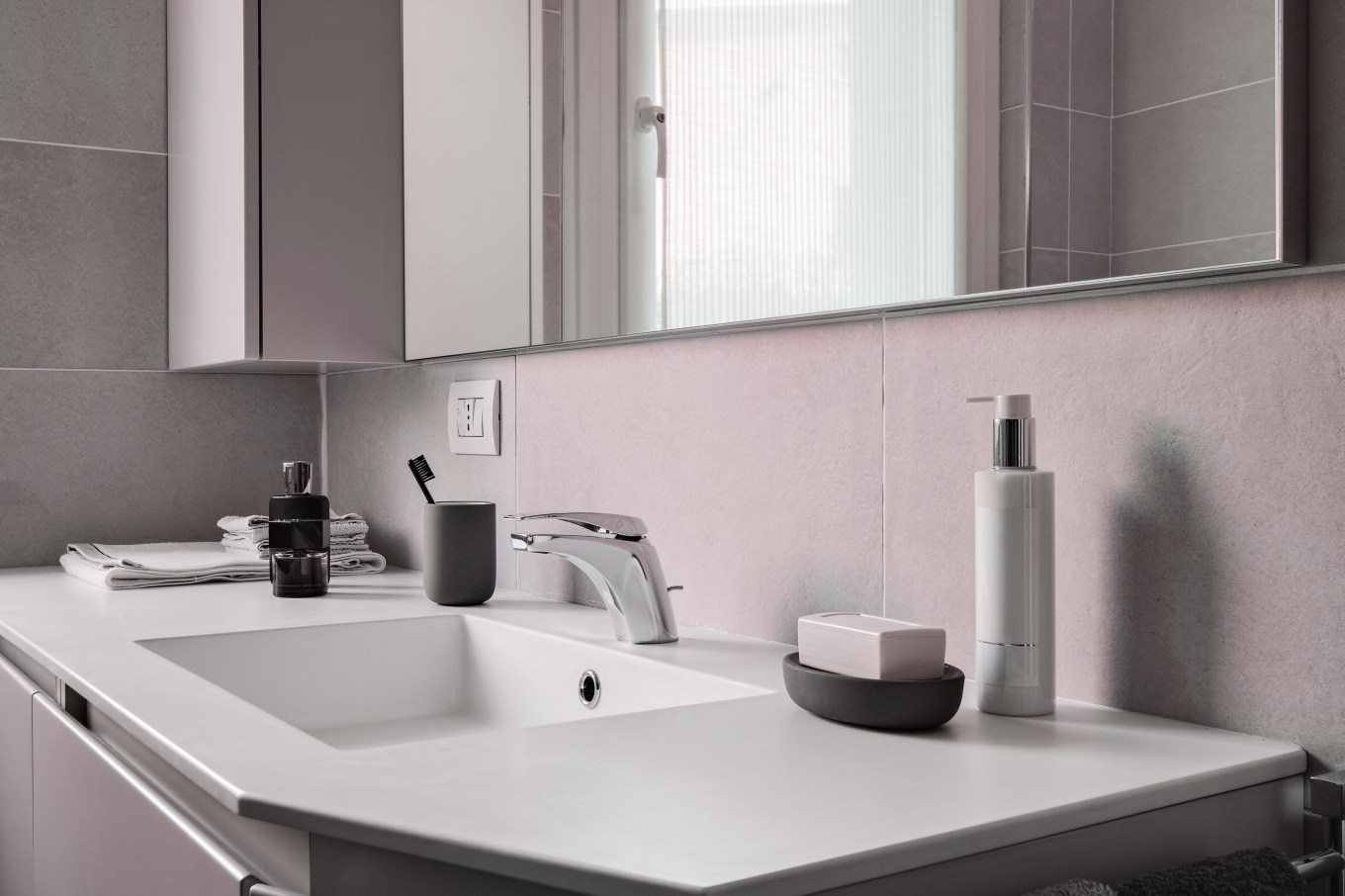
“Smaller tiles mean more grout lines, and grout is a pain to clean” says Thomas Borcherding, owner of Homestar Design Remodel in Imperial, Mo.
Low Grout Options for Less Cleaning
- 24-inch-by-24-inch porcelain tiles: Available in matte or polished finishes, they offer a seamless look with fewer grout lines.
- Vinyl tile planks: Water-resistant, easy to install, and available in a variety of colors and patterns.
- Solid-surface countertops with integrated sinks: These eliminate caulk and seams, making kitchens and bathrooms easier to keep spotless.
Low Maintenance #3: Buy Appliances With Easy Upkeep
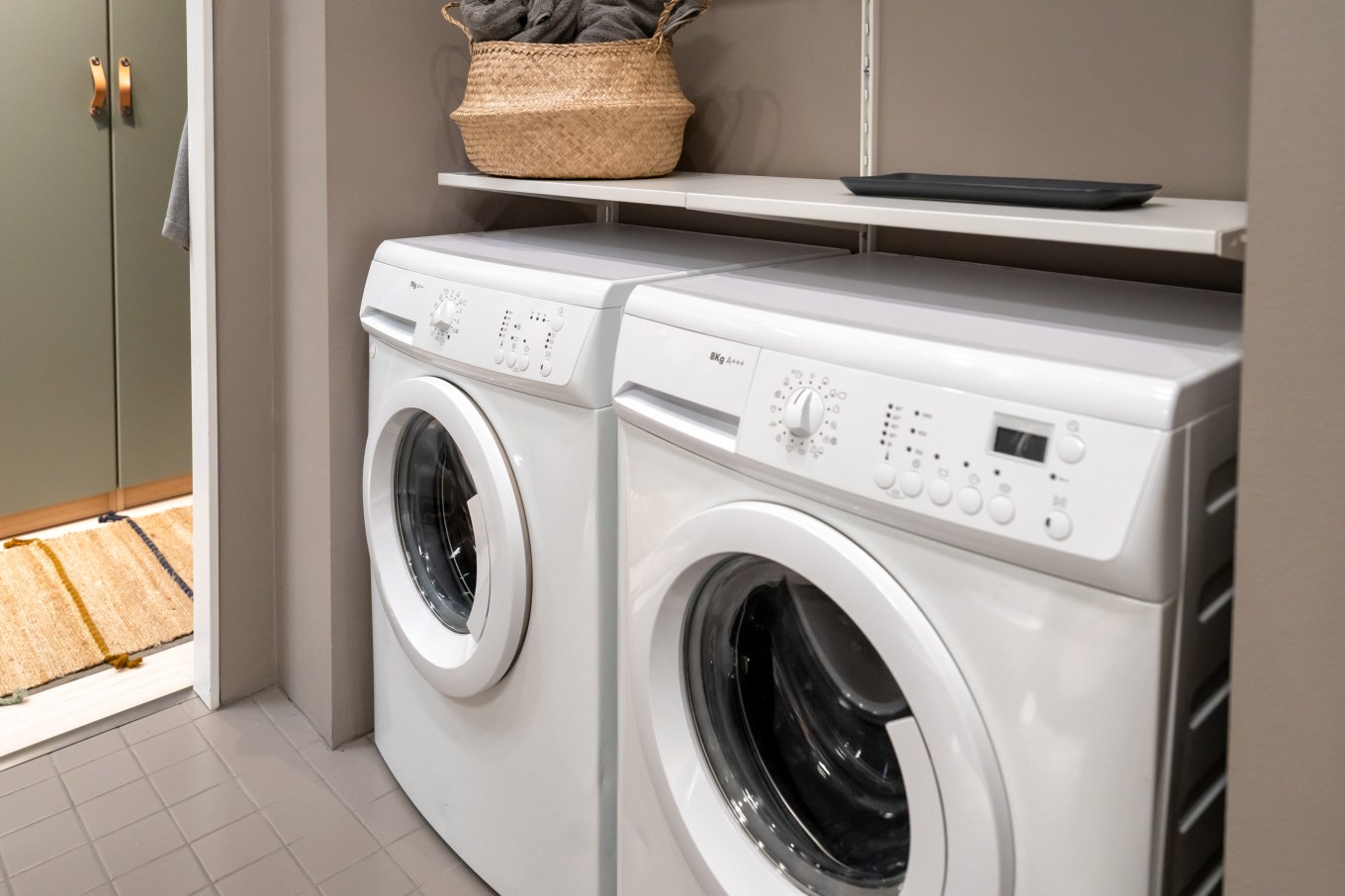
A low-maintenance house incorporates appliances with simple interfaces and durable materials. Options include stainless steel, smooth cooktops, and minimal buttons, says Dennis Godynuk, owner of Comfort Appliance Repair in Nashville.
Features That Support Low Maintenance
- Self-cleaning ovens with hidden heating elements
- Front-loading washing machines with mildew-resistant gaskets
- French door fridges with easy-to-clean glass shelves
- Dishwashers with removable filters and hard food disposers
Avoid appliances with touchscreens unless you’re tech-savvy. Touchpads can malfunction over time and often require costly repairs.
Get information more quickly by bookmarking your online appliance manuals, according to maintenance pros. Most manufacturers offer digital care guides and part replacement videos.
Low Maintenance #4: Use Smart Home Technology
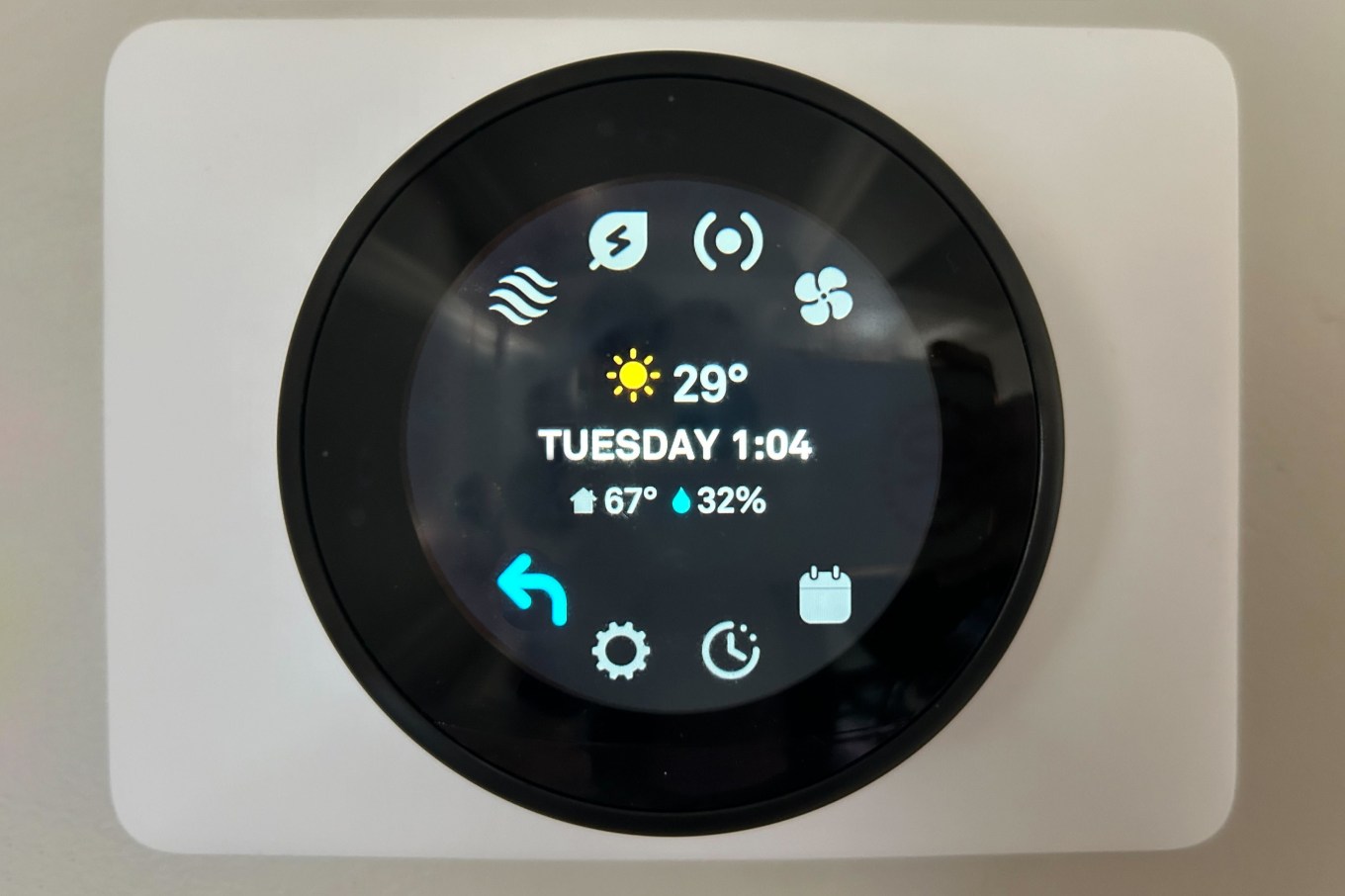
If you choose wisely, smart home tech — whether inside or outside — can save time and prevent disasters. “Smart irrigation systems have cut maintenance calls in half in our rentals,” Naig says. They prevent overwatering and underwatering, he adds.
Smart Technology That Cuts Effort and Damage
- Leak detection sensors (like Flo by Moen or Phyn Plus) can catch drips before they cause damage.
- Smart thermostats optimize energy use and reduce HVAC strain.
- Central vacuums eliminate lugging a canister around the house.
Avoid gimmicky gadgets that require constant updating or complex installation. Choose tech that integrates with systems you already use, like your phone or virtual assistant.
Low Maintenance #5: Transition to Hardscaping
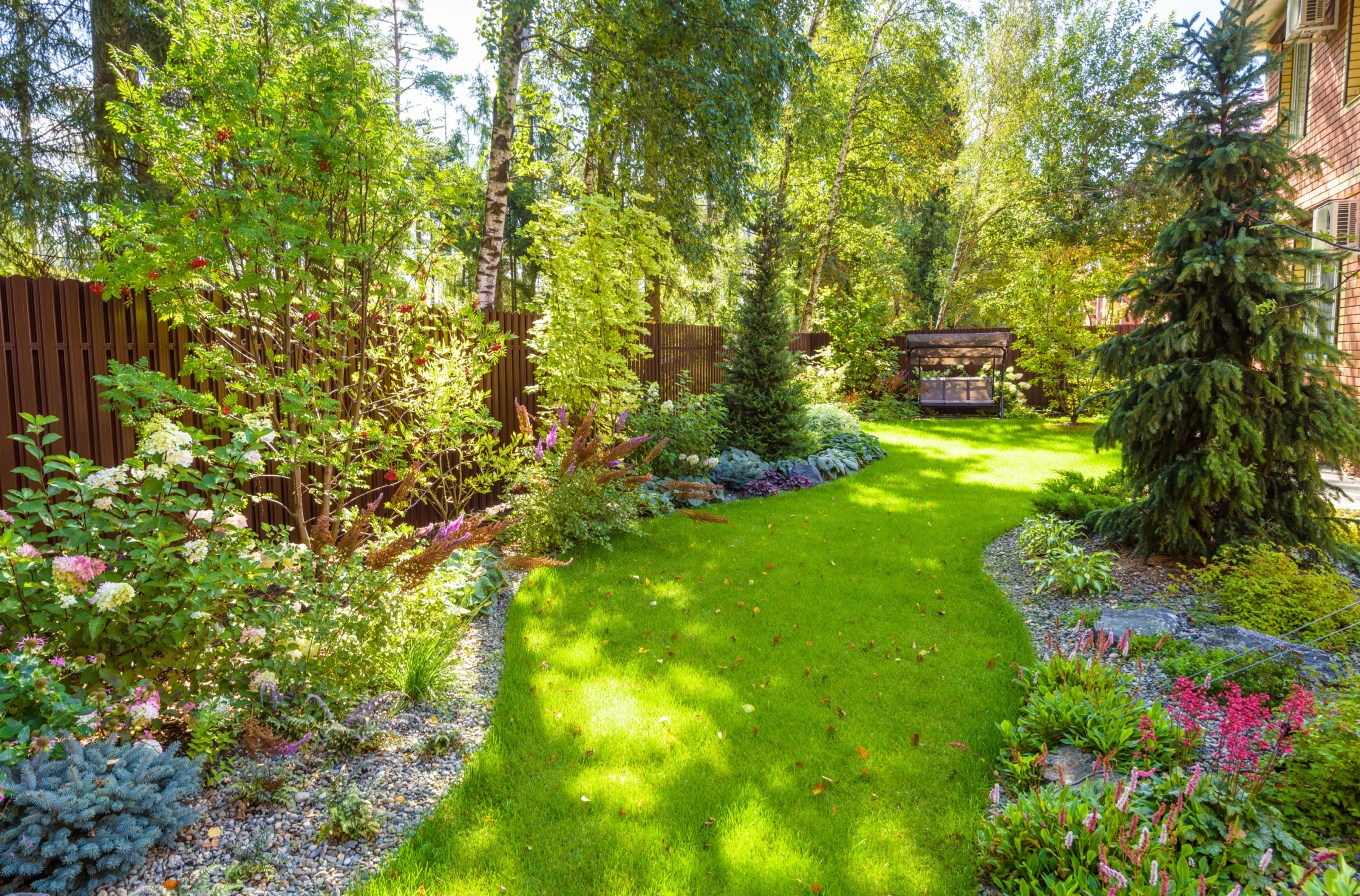
Your yard should be a haven, not a chore. Hardscaping — such as paver patios, gravel paths, and rock gardens — is a low-maintenance house option. “We moved one client from a Victorian home with lawn care nightmares to a xeriscaped ranch,” Naig says. “She told us, ‘I feel like I finally own my time again.’” Hardscaping can reduce maintenance and water use while adding beauty
Before hardscaping, consider factors such as climate, drainage, heat retention, and material durability. Porous pavers, for instance, allow water to drain through, which can reduce runoff issues. Stone and concrete tend to last longer than wood, but may get hotter underfoot.
If you want to grass and greenery, you still have low-maintenance options.
Opt for a Yard That's Low Maintenance
- Choose native plants: They require less water, fewer chemicals, and less care.
- Swap high-maintenance turfgrass for low-grow fescue, clover, or buffalo grass: These require less mowing and watering.
- Install a drip irrigation system: It’s more efficient than sprinklers and helps reduce weed growth by targeting water to the roots of the plants you want to grow.
- Use mulch liberally: It retains moisture, suppresses weeds, and gives beds a finished look with little effort.
Low Maintenance #6: Emphasize Benefit to Buyers

Low-maintenance homes do more than feel better; they sell better. “Homes that show as high-maintenance can be dealbreakers,” says Jake Kennedy, a Nashville real estate agent.
Demonstrate Low Maintenance When You Sell
- Keep a binder of all upgrades and maintenance work.
- Use neutral, durable finishes that appeal to a wide audience.
- Make sure the listing emphasizes updates like new roofing, HVAC, or siding.
For yourself, create a digital home maintenance calendar. Apps like Centriq or HomeZada help you schedule tasks and store receipts.
Low Maintenance #7: Make Changes That Are Long-Term Wins
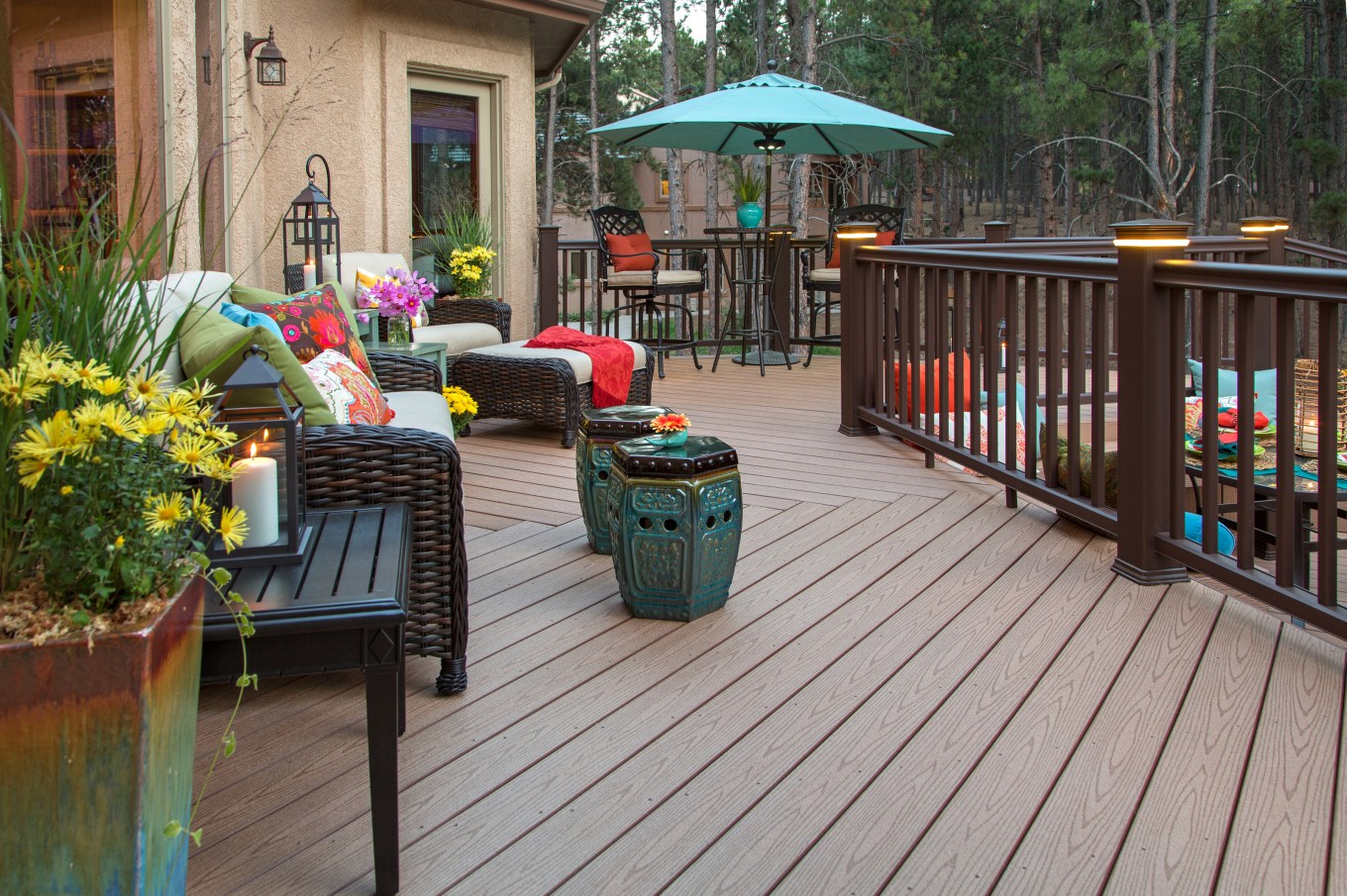
Many low-maintenance choices cost more initially but often save money in the long run. “The break-even point often hits around year six,” Naig says. “After that, it’s all savings.”
Investments That Cost More but Pay Off
- Fiber cement siding lasts decades and resists pests and moisture.
- Composite decking doesn’t require staining or sealing.
- Metal roofing lasts 40 to 70 years and withstands severe weather.
Even smaller investments — like weather stripping, water sensors, or no-paint window trim — can add up to big savings in time and money.
Low Maintenance #8: Get Real With Time and Cost Estimates

It’s easy to underestimate how long routine tasks will take or how much a high-maintenance change will cost in the long run.
How to Calculate Maintenance Expenses and Time
- Use an online maintenance calculator to estimate upkeep for specific materials or appliances.
- Ask contractors for life expectancy and maintenance schedules before committing to new installs.
- Track your time and expenses for three to six months. Note how long you spend on home care tasks. Then ask yourself what you’d rather be doing.
Understanding the time and cost implications can help you make more confident, informed decisions when buying or upgrading your home. Those decisions will lead you to a low-maintenance house.
